When it comes to vehicle maintenance, the focus often falls on obvious elements like oil changes, tire rotations, and brake inspections. Yet, one of the unsung heroes of automotive upkeep is the cabin air filter—a component that plays a crucial role in ensuring the air you breathe inside your vehicle remains clean and healthy.
Cabin filters protect passengers from dust, pollen, exhaust fumes, allergens, and even microscopic pollutants that infiltrate the car’s ventilation system. Despite their importance, cabin filters are often overlooked or underappreciated, leading to reduced air quality, unpleasant odors, and even strain on the vehicle’s HVAC system.
Not all cabin filters are created equal, however. Depending on the make and model of the car, as well as the environmental conditions in which it operates, the lifespan of a cabin filter can vary dramatically. Some vehicles feature advanced filtration systems using high-quality materials, such as activated carbon or electrostatically charged fibers, that trap contaminants more effectively and last significantly longer.
Others employ more basic filter designs that clog quickly, especially when exposed to dusty, polluted, or heavily trafficked environments. Understanding these differences is vital for car owners who want to maintain a healthy cabin atmosphere without unnecessary maintenance costs.
This article explores two distinct categories of vehicles based on cabin filter longevity: those with cabin filters that typically last 15,000 miles or more, and those that generally require yearly replacements. By examining specific models in each group, we reveal the engineering choices, usage patterns, and environmental factors that influence how often cabin filters need to be changed.
For instance, sedans like the Toyota Camry and Honda Accord benefit from sealed intake designs and advanced filter media, enabling longer service intervals. In contrast, rugged trucks such as the Ford F-150 and off-road-centric vehicles like the Jeep Wrangler endure harsher conditions and simpler filter setups, necessitating more frequent replacements.
We’ll also discuss the practical implications for vehicle owners—from the cost savings of extending filter life to the health benefits of maintaining optimal air quality inside the car. Moreover, this guide offers insight into how design features like intake vent placement, filter material, and cabin sealing contribute to filter lifespan.
For drivers who live in urban centers with high pollution or rural areas with dusty roads, understanding these nuances can help tailor maintenance schedules more precisely, improving both comfort and vehicle longevity.
In essence, your car’s cabin air filter isn’t just a disposable accessory but an integral part of your vehicle’s environmental control system. By paying attention to its condition and replacement intervals, you safeguard your health, enhance your driving experience, and potentially save money over time.
Whether you own a luxury sedan with high-tech filtration or a hardworking pickup truck exposed to rough terrain, this article provides a comprehensive overview of what to expect in terms of cabin filter durability and maintenance needs. Read on to discover which cars offer long-lasting cabin air filters and which ones require more vigilant yearly swaps—and learn how to keep your vehicle’s air as fresh and clean as possible.
ALSO READ: 5 Cars That Never Have Software Glitches and 5 That Need Constant Updates
5 Cars Whose Cabin Filters Last 15,000+ Miles

1. Toyota Camry (2021–Present)
The Toyota Camry, particularly in its latest iterations from 2021 onward, continues to cement its place as a dependable mid-size sedan with smart engineering choices. One of these choices includes the design of its HVAC (heating, ventilation, and air conditioning) system, which features a cabin filter capable of lasting up to 15,000 miles or more.
Toyota’s maintenance schedule officially recommends changing the filter around this interval, but many owners find that in clean-air environments, the filters hold up well past that mark. What helps is the integration of a high-efficiency particulate air (HEPA-style) media, often combined with activated carbon to neutralize odors and trap pollutants such as exhaust gases and allergens.
A significant factor contributing to the Camry’s longer cabin filter life is its intelligent intake system, which carefully channels air through multiple stages of filtration before it reaches the cabin. The car uses an external debris screen to trap large particulates like leaves or bugs before they reach the main filter.
In addition, the well-sealed cabin and the smart design of the air ducting reduce the volume of unfiltered outside air entering the HVAC system unnecessarily. Especially when using the “recirculate” mode, which cycles interior air, the filter endures less exposure to outside pollutants, effectively extending its functional life between services.
Drivers often find that replacing the Camry’s cabin filter is among the easiest DIY maintenance tasks. Accessing the filter requires minimal tools, and the job can usually be completed in under 10 minutes. This simplicity encourages many owners to inspect the filter periodically rather than relying solely on mileage milestones.
Those who do open it early often discover the filter in decent condition, especially if most of their driving is on highways or in suburban areas where pollution levels are relatively low. The Camry’s dependable build and thoughtful HVAC setup make it a favorite for drivers looking for a vehicle with low ongoing maintenance demands.
Economically, extending filter life reduces ownership costs—especially over a multi-year timeline. Considering that high-quality OEM cabin filters can cost $20–$50, getting more use per unit has financial advantages. When you combine the Camry’s long filter life, ease of access, and consistent HVAC performance, it becomes clear why it’s among the best in its class for maintenance-conscious drivers. In the long run, these small efficiencies add up, reinforcing Toyota’s reputation for reliability and intelligent design.
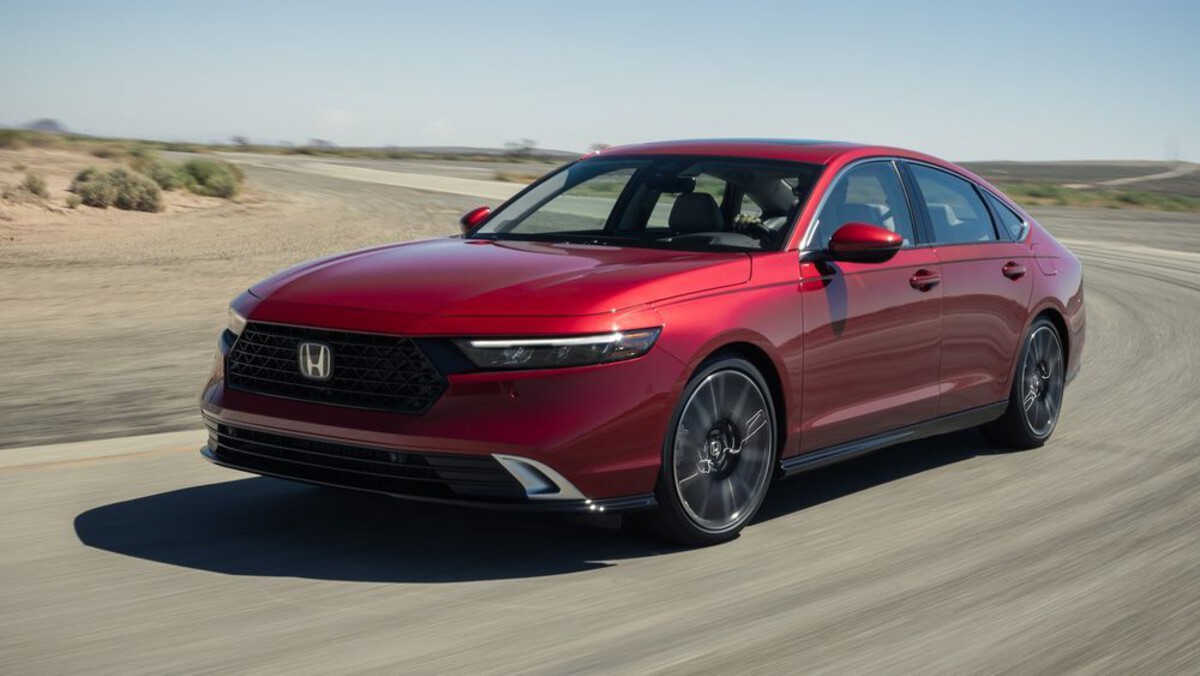
2. Honda Accord (2018–Present)
The 10th-generation Honda Accord, released in 2018, features a cabin filter setup that rivals more expensive vehicles in longevity and performance. Honda recommends a replacement interval of 15,000 to 20,000 miles, depending on environmental conditions and driving habits.
The cabin filter’s effectiveness lies in its dense pleated media that captures fine particles like pollen, smoke, and even road dust. Many Accord owners report going beyond 18,000 miles without a noticeable drop in air quality, particularly those in cleaner suburban or rural regions.
The filter’s location behind the glove box is intelligently designed for airflow efficiency. A series of airflow baffles guide air into the HVAC system while minimizing turbulence and maximizing particulate capture. The filter design also includes optional carbon layers that help eliminate odors from external pollutants and vehicle exhaust.
In practice, this setup allows the Accord’s cabin air filter to maintain peak filtration performance over longer stretches than many competitors. Even when driving in urban areas with moderate pollution, the system holds up well before needing attention.
One reason the Accord fares well in this regard is Honda’s overall attention to air system design. Air intake vents are protected by mesh screens and tucked in such a way as to avoid pulling in dirt or larger debris, which helps reduce the load on the cabin filter.
Moreover, the HVAC system’s use of high-efficiency motors and consistent airflow distribution ensures that the filter doesn’t get bogged down with overuse or recirculation inefficiencies. These subtle but meaningful design choices all contribute to the longevity of the air filtration setup.
For owners who prefer doing their own maintenance, changing the cabin filter is a straightforward process. Removing the glove box and sliding out the filter tray requires no specialized tools, making it a quick DIY task. With the long lifespan of Honda’s OEM filters, many owners opt for high-quality aftermarket options with extended durability and even better performance.
When paired with regular use of recirculation mode in high-pollution areas, the Honda Accord proves to be a well-rounded, low-maintenance choice for long-term driving comfort and cabin air purity.
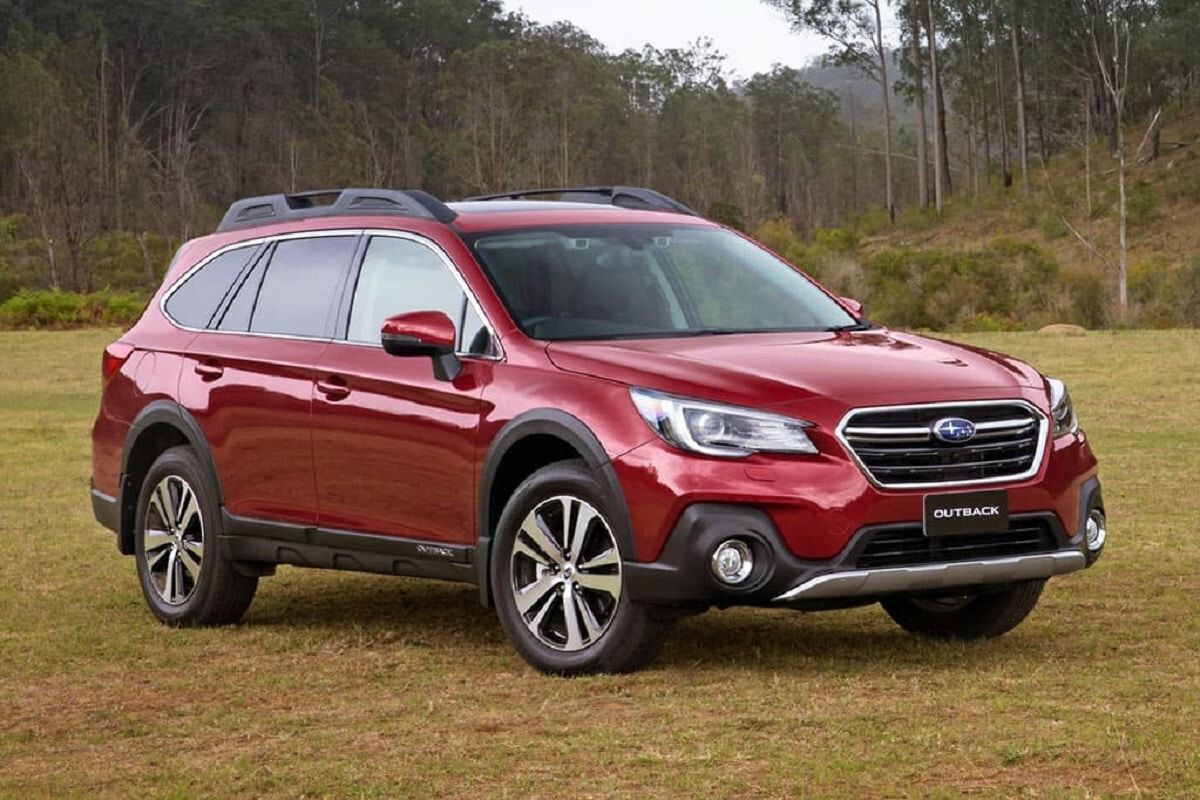
3. Subaru Outback (2020–Present)
The Subaru Outback is designed for adventure and longevity, and its cabin filter is no exception. With a factory-recommended replacement interval of 15,000 miles, the Outback often exceeds this recommendation in real-world conditions—especially when driven outside urban centers.
The 2020 and newer models come with a hybrid filter design combining synthetic electrostatic media with activated carbon, enabling it to trap ultra-fine dust, allergens, and even certain bacteria over an extended lifespan. Owners commonly report clean filters well beyond 18,000 miles under moderate driving conditions, especially those who frequently drive in forested or mountain regions with naturally cleaner air.
The Outback’s HVAC system is engineered to be durable and rugged, much like the rest of the vehicle. The air intake system includes a well-shielded cowl vent and layered debris screens that prevent larger particles from entering the air filtration path.
This design keeps the filter cleaner longer and is particularly effective in off-road or gravel-road scenarios, where vehicles without proper air shielding often suffer rapid filter clogging. Even in environments with excessive dust, the Outback’s system handles particulate matter well, requiring only occasional filter checks rather than frequent replacements.
Another reason for the Outback’s impressive filter performance is Subaru’s sealed cabin design. With minimal air leakage and solid door insulation, the system reduces the influx of outside pollutants.
This is beneficial not only for thermal efficiency and sound insulation but also for filter health, as it ensures that only intentionally drawn-in air is processed through the HVAC system. Drivers who regularly use the vehicle’s dual-zone automatic climate control also benefit from the smart circulation algorithms, which minimize unnecessary strain on the filtration system by adjusting fan speeds and airflow zones based on demand.
Replacing the cabin filter in an Outback is slightly more involved than in a Camry or Accord, but still manageable for most vehicle owners. It requires partially disassembling the glove box assembly, but the task is well-documented and typically takes 20–30 minutes.
When combined with the high durability of the filter itself, this minor inconvenience is more than offset by the long interval between changes. Overall, the Subaru Outback delivers a compelling package for those who value clean interior air without frequent maintenance interruptions.
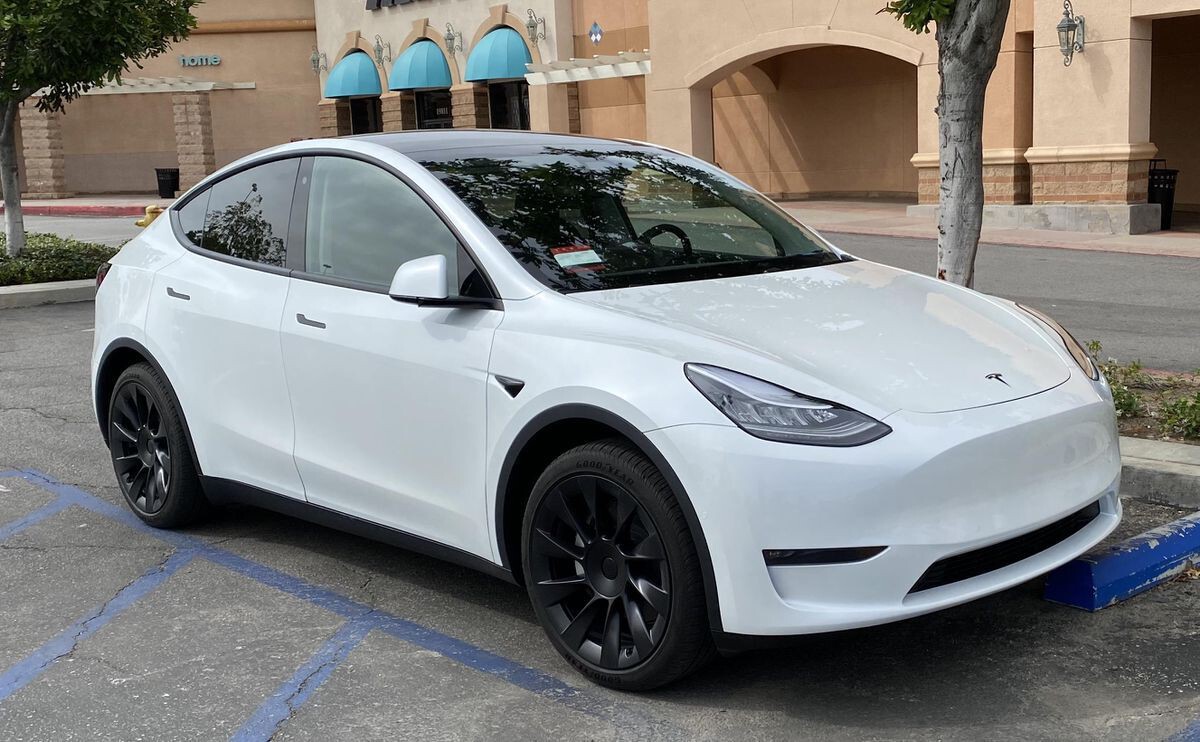
4. Tesla Model Y (2020–Present)
Tesla’s Model Y brings an electric twist to the idea of long-lasting components. Known for cutting-edge design and environmental consciousness, this all-electric compact SUV comes equipped with a top-tier filtration system that often surpasses traditional automotive standards.
Many Model Y units—especially those with the optional HEPA filtration package—feature a cabin filter that can exceed 15,000 miles in lifespan under normal use. Tesla’s own guidelines recommend replacement every 2 years or 20,000 miles, depending on driving conditions, and the vehicle’s onboard diagnostics assist owners by tracking air system performance to suggest optimal replacement times.
What sets the Model Y apart is not just the filter quality but the smart system that supports it. The “Bioweapon Defense Mode,” available in certain trims, utilizes HEPA-grade filters and high-efficiency fans to cleanse the air to near-medical standards. This feature draws significant power but is designed for short-term use in highly polluted environments.
When not in use, the system defaults to a more moderate setting that still maintains excellent air quality while extending the life of the cabin filter. Even without the special mode, standard versions of the Model Y come equipped with dual-layer filtration systems that outperform typical gasoline vehicles.
The electric nature of the Tesla also plays a quiet but important role in filter longevity. Because EVs don’t produce internal combustion byproducts like exhaust fumes and soot, there’s less need for the cabin filter to combat interior-originating contaminants.
The car is also sealed more tightly than most combustion-engine vehicles to improve aerodynamics and climate control efficiency, which helps keep outside air—and by extension, airborne pollutants—more carefully managed. These features all contribute to lower strain on the cabin filter, allowing it to perform longer without degradation.
Tesla does make cabin filter replacement slightly more complex than other brands, as it typically requires removing parts of the passenger footwell, and the filter itself is split into two smaller components rather than one large unit.
That said, the process is still feasible for a DIY enthusiast with some patience and proper tools. With its intelligent systems, premium filter design, and support from software diagnostics, the Model Y leads the pack among electric vehicles in long-term air filter performance.
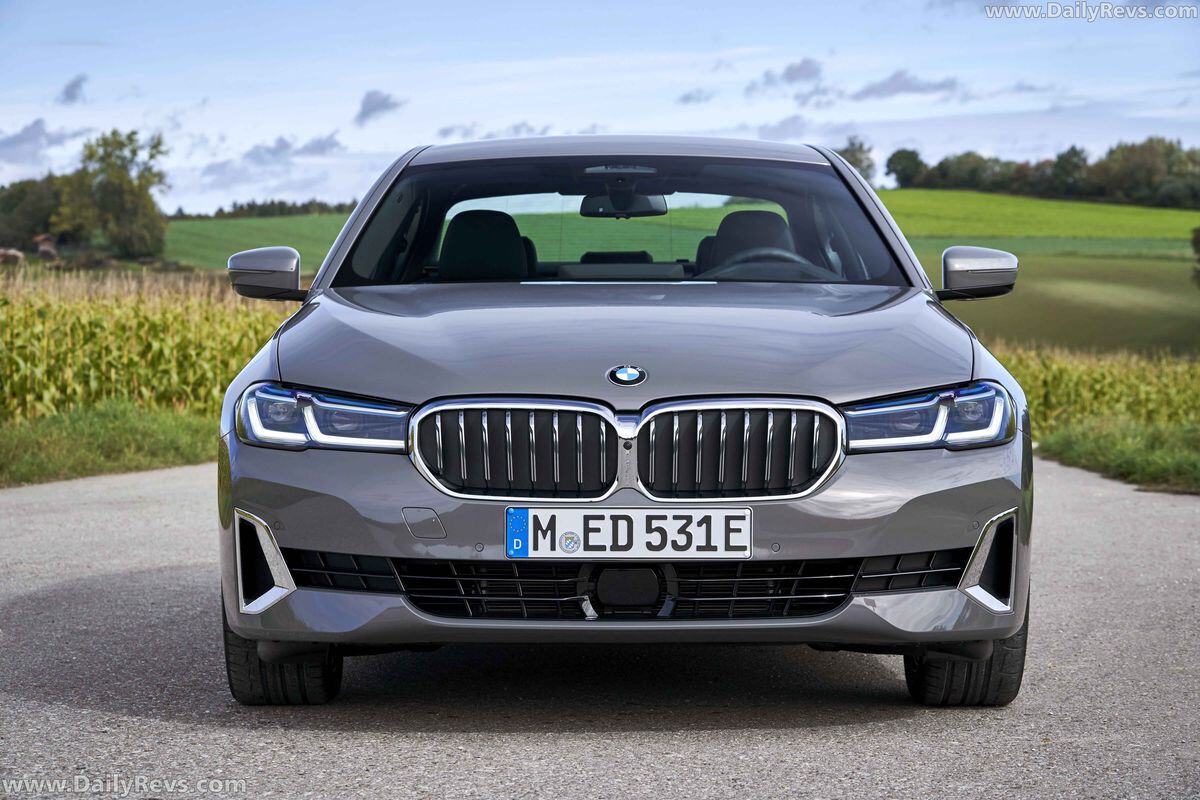
5. BMW 5 Series (G30, 2017–Present)
The BMW 5 Series (G30 generation) is a showcase of German engineering, offering a cabin environment that is both luxurious and health-conscious. BMW equips this executive sedan with a multi-stage cabin filtration system that includes both particulate and activated carbon filtering.
The manufacturer’s recommended replacement interval is typically 15,000 miles, but thanks to high-quality materials and system design, many owners report intervals closer to 20,000 miles in real-world driving conditions. Especially in vehicles equipped with BMW’s advanced microfilter system, the longevity and effectiveness of air cleaning are among the best in the segment.
What distinguishes BMW’s filtration setup is the integration of fine-particle filtration layers capable of capturing pollutants as small as 0.3 microns, including bacteria and exhaust particulates. The system also neutralizes unpleasant odors and volatile organic compounds (VOCs), which can enter the cabin in high-traffic or industrial environments.
This high level of purification is particularly appreciated by allergy sufferers or drivers who frequently encounter urban smog. Combined with the car’s refined sealing and aerodynamics, the BMW 5 Series ensures a clean and comfortable cabin for extended periods.
The HVAC system in the G30 is a technical marvel that maximizes filter efficiency. It dynamically adjusts airflow based on speed, cabin humidity, and temperature settings, which reduces unnecessary cycling of outside air through the filter.
In modes where interior air is recirculated more frequently, the strain on the filter is greatly diminished, allowing it to operate efficiently longer. The HVAC ducts are also lined to minimize dust buildup, which contributes to sustained performance across maintenance cycles.
Although the cabin filter replacement in a BMW 5 Series is slightly more involved than in Japanese models, it remains a manageable task with a bit of experience. Most owners opt to have it done during routine service intervals, though DIY guides exist for those who prefer hands-on maintenance.
BMW’s investment in long-lasting filter components aligns with the brand’s focus on offering a premium, low-maintenance experience—making the 5 Series a top choice for drivers who value both luxury and lasting cleanliness.
5 Cars That Typically Need Yearly Cabin Filter Replacements
Cabin air filters are one of those small car parts that often get overlooked—until your vents start blowing musty air or your defrost takes forever. While most vehicles can go a couple of years without a replacement, some cars are more demanding and need a fresh cabin filter every year to keep things running (and smelling) right.
Whether it’s due to design, airflow quirks, or just tight engine bay layouts, here are five cars that tend to chew through cabin filters faster than most. If you drive one of these, consider making cabin filter replacement a yearly habit.
1. Ford F-150 (2015–Present)
The Ford F-150, America’s best-selling pickup truck for decades, is built tough and ready for work in a variety of conditions. However, one aspect where many owners notice a shorter lifespan is the cabin air filter.
While Ford’s official maintenance schedule recommends replacing the cabin filter every 15,000 miles, many real-world drivers find themselves changing it annually or even every 10,000 miles, especially if their driving involves dusty or construction-heavy environments.
This shorter replacement interval is influenced largely by the truck’s typical usage scenarios, where exposure to dirt, road grime, and heavy particulate matter is common.
One factor that contributes to the quicker cabin filter wear in the F-150 is the truck’s large front grille and high-mounted air intakes, which are designed to maximize engine cooling and airflow. While effective for performance, this design allows a greater volume of unfiltered air to enter the HVAC system, carrying dust, pollen, and road debris.
The cabin filter thus becomes the first line of defense, but it also experiences a heavier burden, clogging faster than filters in more sealed or streamlined sedans. For owners who frequently drive on gravel roads or in rural areas with loose dirt, the filter can become saturated with particles well before the suggested replacement mileage.
Additionally, the cabin filter in the F-150 is relatively large but made with a basic pleated paper material that lacks the advanced electrostatic or activated carbon layers found in more premium vehicles. This simpler construction is less capable of trapping smaller particles and odors over time, leading to reduced effectiveness and the need for more frequent changes.
The filter’s position behind the glove box also makes it somewhat more difficult to access compared to sedans, meaning owners often delay replacement until airflow noticeably diminishes or odors become apparent inside the cabin.
Despite these challenges, regular cabin filter maintenance is critical in trucks like the F-150, as a clogged filter can strain the HVAC blower motor, decrease air quality, and reduce comfort during long drives. Owners who use their trucks in dusty or high-pollen areas are advised to check their cabin filters frequently, sometimes biannually, to ensure optimal performance.
While this means more frequent filter purchases and replacements, it helps protect the vehicle’s HVAC components and maintain a healthy cabin environment, essential for drivers who spend hours on the road or on job sites.
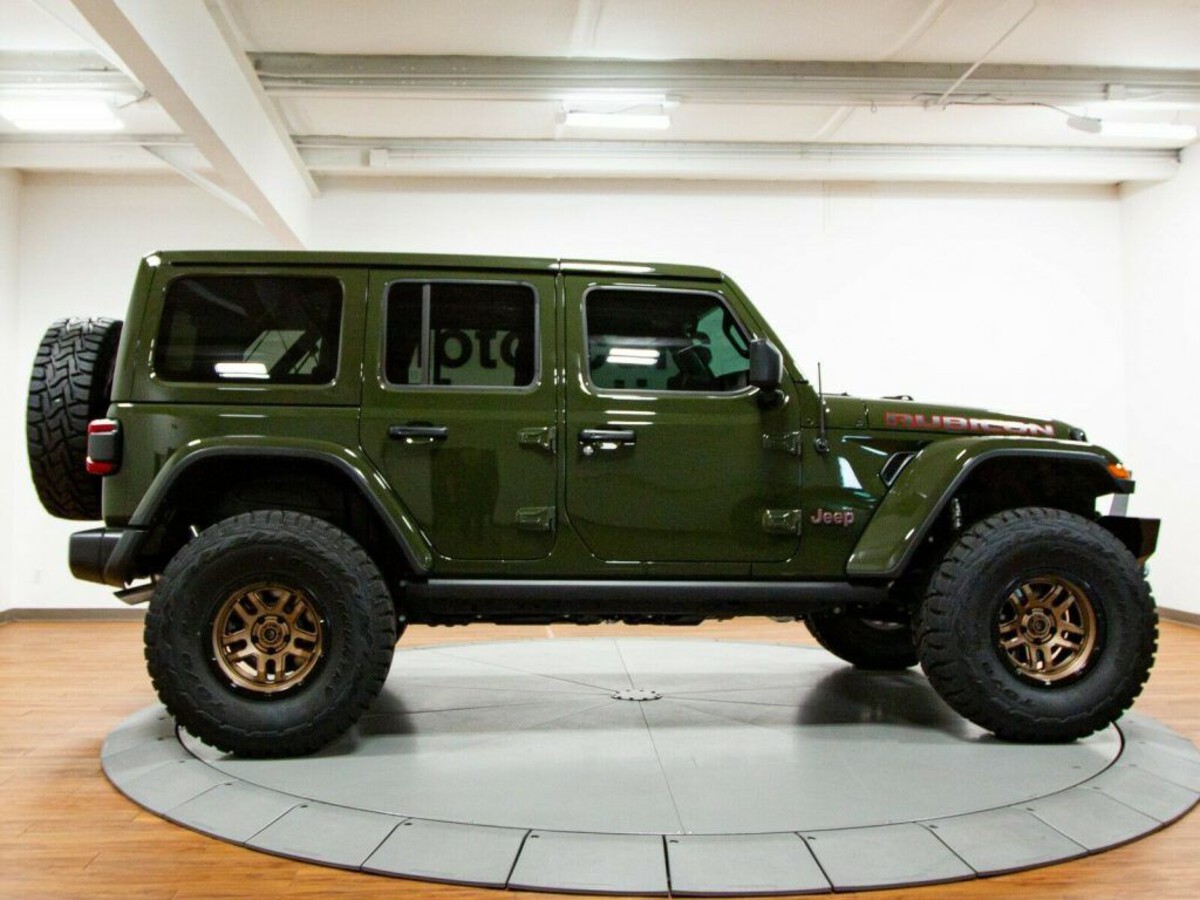
2. Jeep Wrangler (JL, 2018–Present)
The Jeep Wrangler, particularly the JL generation introduced in 2018, is renowned for its off-road prowess but less so for long cabin filter life. This rugged vehicle often demands cabin filter replacements at least once a year, sometimes even more frequently depending on conditions.
The Wrangler’s open-air design with removable doors and roof panels exposes the cabin to higher levels of dust, dirt, and pollen, especially when driving off-road or in arid environments. As a result, the cabin filter works overtime to keep this debris out, shortening its lifespan significantly compared to enclosed SUVs or sedans.
The cabin air filter itself is a simple pleated design without many advanced features like activated carbon or electrostatic layers, which further reduces its efficiency and durability. While this design helps keep replacement costs low, it means the filter clogs more quickly and loses effectiveness faster when confronted with heavy dust or mud.
Jeep’s recommendation for filter replacement often falls around 12,000 miles or yearly, but off-road enthusiasts often swap filters after every several weekend trips to maintain clean airflow and avoid unpleasant odors in the cabin.
Moreover, the Wrangler’s cabin air intake is located near the front cowl, where dust and debris from the tires and trail can easily enter the system. Unlike vehicles with sealed intakes or debris guards, the Wrangler’s rugged design prioritizes performance over filtration.
This means the cabin filter often receives a constant influx of particulates that shorten its effective life. Combined with the typical driving style of Wrangler owners—frequent trails, dusty roads, and open-air driving—these factors drive more frequent filter replacements.
Despite these demands, replacing the cabin filter in a Jeep Wrangler is relatively straightforward. The filter sits behind the glove box and can be accessed with a bit of effort, although the vehicle’s utilitarian interior means the fit and finish aren’t as refined as in luxury sedans.
Jeep owners often keep spare filters on hand for quick swaps during camping or off-road trips, recognizing that clean cabin air is critical for comfort and health after a day on the trail. While frequent replacements add to maintenance costs, they are a necessary trade-off for the Wrangler’s signature ruggedness and versatility.

3. Chevrolet Silverado 1500 (2014–Present)
The Chevrolet Silverado 1500, a direct competitor to the Ford F-150, similarly experiences a higher frequency of cabin filter replacements. This full-size pickup is designed for heavy-duty use and often finds itself in dusty or polluted environments that accelerate cabin filter wear.
While the manufacturer suggests a filter replacement interval of approximately 15,000 miles, many Silverado owners find that annual replacements are necessary to maintain optimal air quality and HVAC performance. The truck’s rugged, high-volume intake system exposes the cabin filter to significant particulate loads, especially on construction sites or unpaved roads.
Unlike some sedans or SUVs with sophisticated filtration technology, the Silverado’s cabin filter is typically made from basic pleated paper media, which is effective but limited in longevity. It lacks activated carbon layers that help absorb odors and pollutants, meaning the filter can saturate with dirt and particles sooner.
This saturation leads to decreased airflow, increased blower motor strain, and the potential for musty smells inside the cabin. The filter’s placement behind the glove box also makes DIY replacements possible but often delayed by owners who prioritize other maintenance tasks.
Environmental exposure also plays a big role in the Silverado’s filter lifespan. Trucks are often used in rural or industrial areas with heavy dust, exhaust particulates, and pollen.
This increases the load on the cabin filter and demands more frequent replacements. Many Silverado drivers who commute in urban areas with cleaner air report somewhat longer filter life, but the general consensus is that a yearly swap is optimal to avoid clogged filters and degraded air quality.
Owners concerned about filter life often seek aftermarket options that include additional carbon layers or electrostatic charge to improve filtration and extend service intervals.
However, even these upgraded filters typically require annual changes due to the heavy-duty nature of the Silverado’s operating environments. Overall, while the Chevrolet Silverado’s cabin filter demands more attention, consistent replacements ensure the HVAC system performs reliably and the cabin air remains fresh and clean.
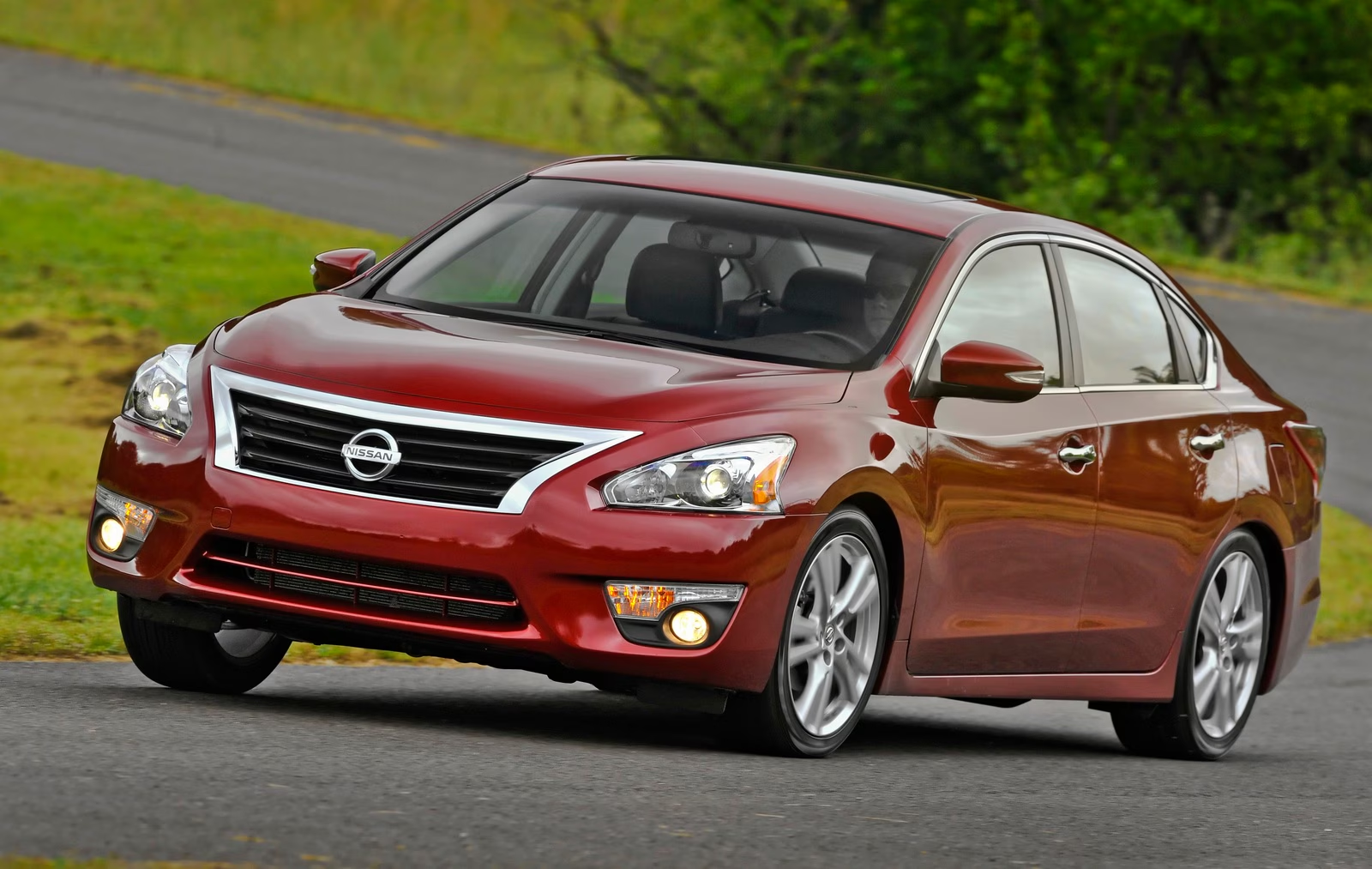
4. Nissan Altima (2013–Present)
The Nissan Altima is a popular mid-size sedan that has been widely praised for its affordability and comfort. However, its cabin filter longevity is on the shorter side compared to some competitors, requiring replacement roughly every 12,000 miles or once a year, whichever comes first.
This shorter interval results from several factors including the filter design, air intake location, and typical usage patterns. Unlike some newer sedans, the Altima often uses basic paper filters without added layers of activated carbon or electrostatic properties.
The cabin air intake on the Altima is located low on the firewall near the wheel well, which exposes it to road grime, salt, and debris more than higher-mounted intakes in other vehicles. This location leads to quicker filter clogging as particles enter the HVAC system more readily.
In addition, the filter itself tends to clog faster due to its basic pleated construction, which while cost-effective, does not provide the same longevity as filters with advanced media. Drivers frequently report decreased airflow and the onset of musty odors as signs that the filter needs to be changed.
Nissan’s maintenance manuals recommend annual replacement of the cabin filter, especially for vehicles driven in moderate to high pollution areas.
City driving with frequent stops, combined with higher pollen counts during spring and summer, contributes to faster filter saturation. While some owners extend replacement intervals, the risk of reduced air quality and HVAC system strain often leads to more frequent swaps, particularly for allergy sufferers or those sensitive to dust and odors.
For DIY enthusiasts, the Altima’s cabin filter is relatively easy to access behind the glove box, and replacement costs are generally low. Many owners opt to replace their filters yearly, ensuring consistently fresh air inside the cabin and avoiding potential HVAC issues.
While the shorter lifespan of the filter can be an inconvenience, it reflects a balance between cost and filtration efficiency suitable for the vehicle’s price point and typical use.
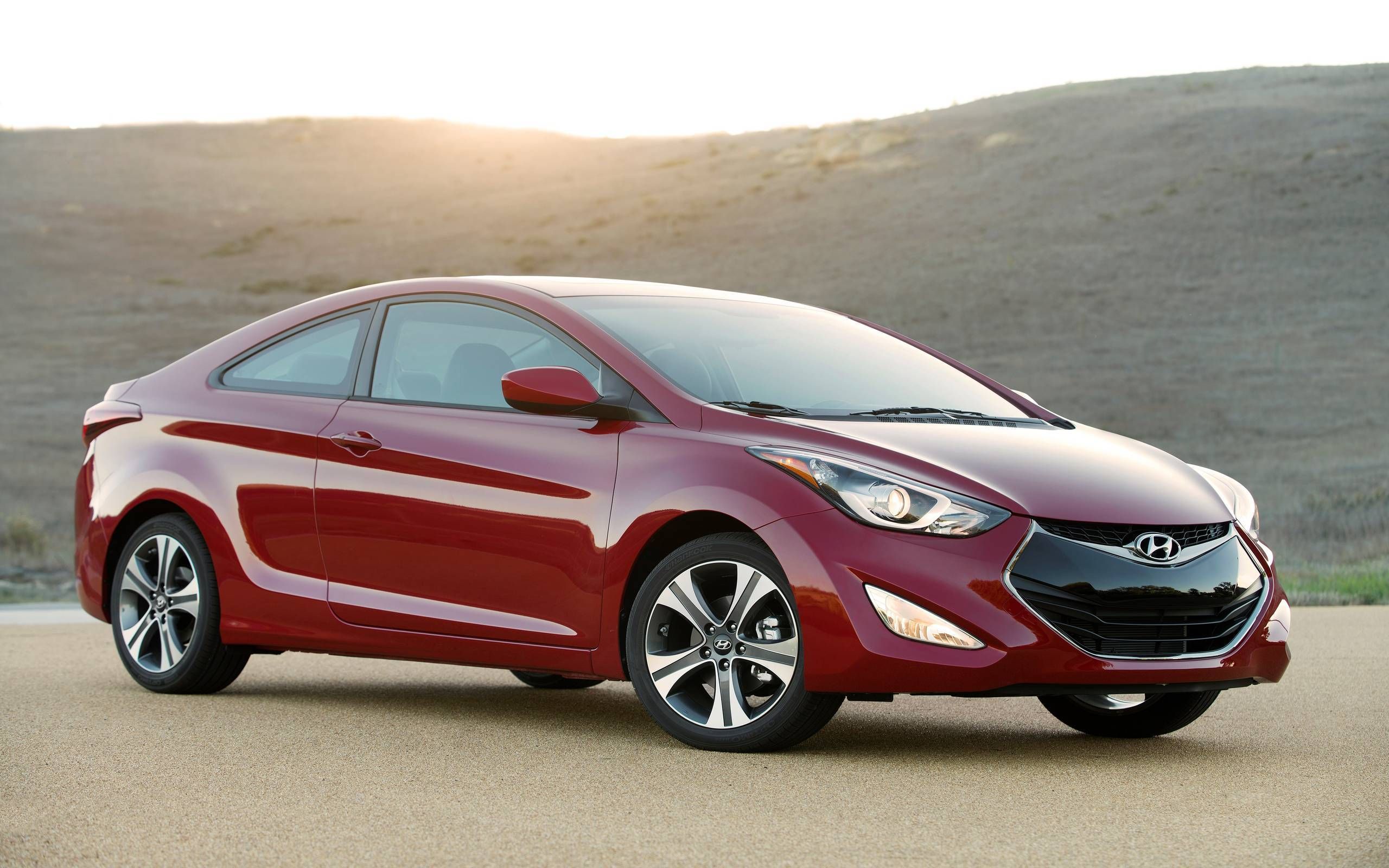
5. Hyundai Elantra (2016–Present)
The Hyundai Elantra, a staple in the compact sedan market, is known for offering solid value but often requires more frequent cabin filter changes. Recommended replacement intervals hover around 12,000 miles or one year, whichever comes first.
This more frequent replacement cycle stems from the basic nature of the cabin filter media used and the location of the air intake system. Elantra filters tend to clog faster in urban environments, requiring attentive maintenance to keep cabin air clean and HVAC systems running smoothly.
The cabin air intake is placed near the base of the windshield, which exposes it to road debris, dust, and moisture, especially during wet or snowy seasons. The filter itself is usually a simple pleated paper design without advanced carbon layers, which limits its effectiveness against odors and smaller airborne contaminants.
This causes the filter to saturate more quickly, leading to decreased airflow and occasional musty smells inside the vehicle, particularly in regions with heavy pollen or smog.
Hyundai advises owners to replace the cabin filter annually or sooner if signs of clogging appear. Drivers in highly polluted cities or those who frequently use their vehicles in stop-and-go traffic often notice that the cabin air quality worsens if the filter isn’t swapped regularly.
The Elantra’s cabin air system doesn’t include sophisticated air quality sensors like some luxury vehicles, so proactive replacement is necessary to maintain a healthy interior environment.
Fortunately, accessing and replacing the cabin filter on the Elantra is simple, typically involving removing a few clips on the glove box. The low cost of replacement filters and ease of installation make annual changes less burdensome.
For drivers seeking to extend intervals, aftermarket filters with added activated carbon can improve performance but will still need yearly replacement due to environmental exposure and basic filter construction. Overall, while the Elantra’s cabin filter requires frequent attention, proper maintenance ensures fresh air and continued HVAC efficiency.
ALSO READ: 5 Cars That Still Drive Like New at 10 Years and 5 That Feel Ancient
comfort, and cost-efficiency. As we have seen through the exploration of various vehicles, not all cabin filters are created equal—some boast impressive longevity and advanced filtration technology, while others require more frequent attention due to design or environmental factors.
Recognizing which vehicles fall into the “long-lasting filter” category versus those needing annual replacements can empower owners to make informed decisions that optimize both air quality and maintenance budgets.
Cars like the Toyota Camry, Honda Accord, Subaru Outback, Tesla Model Y, and BMW 5 Series exemplify vehicles whose cabin filters typically last 15,000 miles or more. These models benefit from carefully engineered HVAC systems featuring sealed intakes, high-quality filter media such as activated carbon or electrostatic layers, and smart airflow management that collectively extend filter life.
Owners of these vehicles can expect a balance of high performance and relatively low maintenance frequency, often enabling them to change filters in line with standard service intervals without compromising cabin air quality.
Conversely, trucks and SUVs such as the Ford F-150, Jeep Wrangler, Chevrolet Silverado 1500, Nissan Altima, and Hyundai Elantra often necessitate yearly or even more frequent cabin filter replacements. Their exposure to harsher environmental conditions, simpler filter designs, and less sealed HVAC systems contributes to accelerated filter clogging.
These vehicles are frequently driven in dusty, polluted, or off-road settings where the accumulation of particulates and pollutants is higher. Consequently, owners must remain vigilant in maintaining their filters to avoid diminished airflow, unpleasant odors, and potential stress on HVAC components.
Understanding the variables that impact cabin filter lifespan goes beyond mere curiosity—it’s a practical approach to vehicle stewardship. For instance, knowing that your pickup truck’s cabin filter may clog twice as fast as that of a midsize sedan can prompt timely checks and replacements, preventing costly repairs or degraded air quality.
Similarly, recognizing the benefits of activated carbon filters in urban environments helps optimize comfort and health. Moreover, the growing prevalence of electric vehicles like the Tesla Model Y introduces new paradigms in filtration, where cabin air systems can be more advanced and potentially more durable.
In addition to health benefits—such as reduced allergy symptoms, fewer respiratory irritations, and protection against harmful airborne particles—maintaining a clean cabin filter contributes to the longevity of your vehicle’s HVAC system. A clogged filter forces the blower motor to work harder, increasing wear and reducing efficiency.
This strain can lead to premature failures and higher repair costs down the line. Therefore, adhering to recommended replacement intervals based on vehicle type and usage patterns is both an economic and practical necessity.
Ultimately, cabin air filter maintenance represents a small but impactful aspect of vehicle care. Whether you drive a luxury sedan engineered for longevity or a rugged off-roader exposed to challenging conditions, being informed about your vehicle’s filtration needs enhances your driving environment and safeguards your health.
This article’s detailed look into specific models underscores the importance of tailoring maintenance schedules to individual vehicle characteristics and operating contexts. By doing so, drivers can breathe easier knowing they have taken the right steps to ensure clean, fresh air inside their vehicles.
